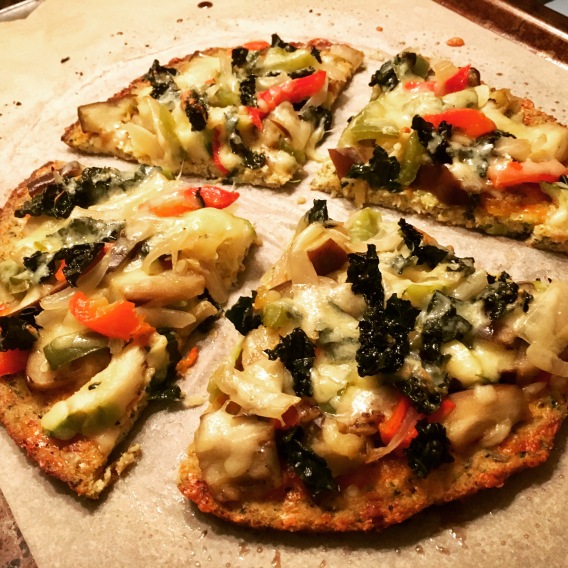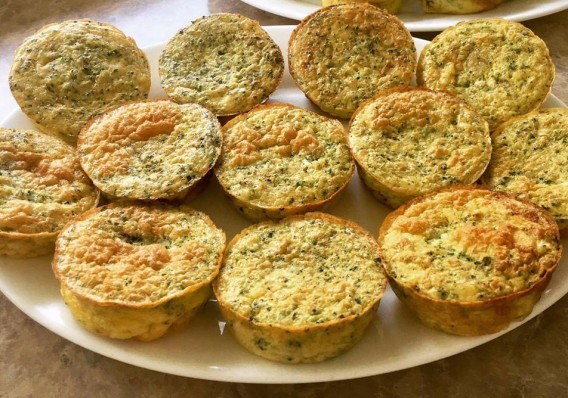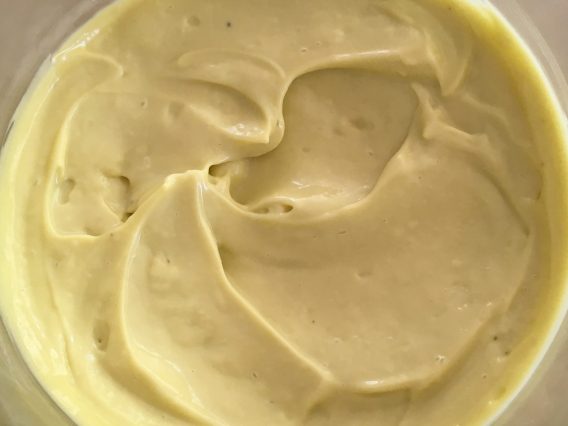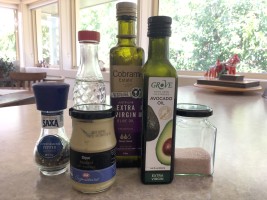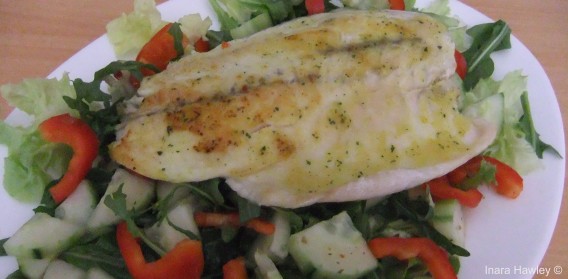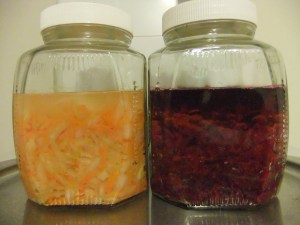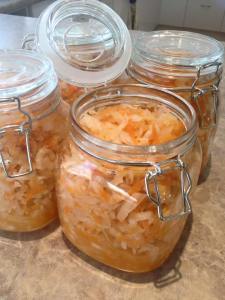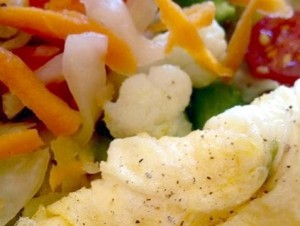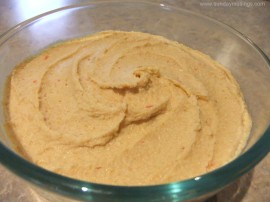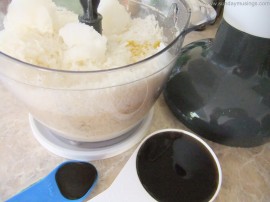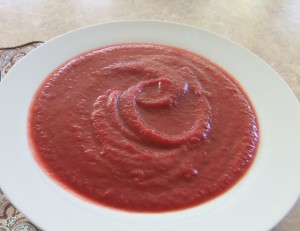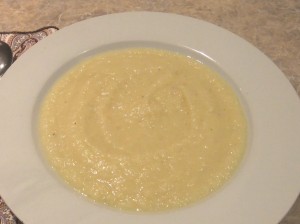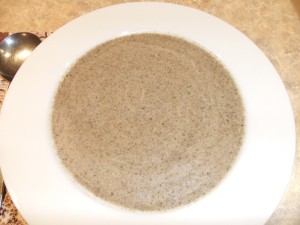In my quest for living well, in early March I decided to divest myself of the 15 odd kilos I’d been carrying around for the past 20 or so years. Up until then I’d not really thought it was an urgent issue, and while I knew the extra load was harder on my body and overall health, I’ve never presented with any blood pressure or cholesterol problems. And after all, my Rubenesque curves were sexy, and I have never felt anything but gorgeous or loved so it was not something I worried about. However, my recent and very surprising blood pressure blip gave me a big push. So I gave myself to the end of May to do it. While most of us don’t find it that easy with temptation around every corner, especially if you’re also cooking for others, when things get serious, that’s when the weight drops off. And I had never been more serious in my life!
There are four important things about losing weight ~ eating ‘real’ unprocessed food, eating what’s right for your body which of course is different for each one of us, staying as active as you can, and the most important ~ doing all of those things at the same time.
Generally speaking, my weight doesn’t fluctuate, but it is influenced by my lifestyle. I lead a fairly sedentary life due to injuries so what I eat has a bearing on my weight. Lots of exercise would be great of course ~ it keeps you healthy and strong, but here’s the thing. Exercise is not what losing weight is about. Exercise is about getting fit and toned. Losing weight is about what you eat. But the big win is, when the weight comes off, it’s so much easier to get moving.
Now, having said all of that, I am not a believer in denying myself foods that I really enjoy, however, the old adage, ‘moderation in all things’, goes a long way when it comes to what you put in your mouth. Most times when we eat that piece of chocolate cake or that bag of hot chips, a taste is all we really want. I know I never feel great after stuffing down a sweet dessert or a whole lot of fried potatoes. And as I would rather feel good I rarely do it. You have to listen to your body. And when you do, I can tell you, you will be choosing food your body loves, not food that you’ve been conditioned to eat from childhood. When you eat a healthy, balanced diet that’s right for your body, I guarantee you will rarely crave sugar, salt, or processed food.
So, my weight-loss journey is nearly over, and my goal is nearly reached. Just under 2 kilos to go and I’m done, and here’s how I did it.
Calories Matter
As I am not active, counting calories is something I had to do. People will say it’s not important if you focus on eating the right kind of food and keep active, but the bottom line is this ~ if you put more calories in than you expend, you will not lose weight. It’s as simple as that. However, if you have been eating a diet high in processed, fatty, or sugary food, changing that will certainly do the trick and you will probably never have to count a calorie. I, however, rarely eat any of those things, so my only option was to limit my calorie intake. I know I have to eat 800 calories or less per day to drop weight so that’s what I did. I looked at what I was eating and tailored my diet to the lower calorie foods. For example, prawns and strawberries are both low in calories, so I chose those instead of the high-calorie cashews, walnuts and quinoa I was eating at almost every meal. Easy choice, and when you substitute food that you really enjoy eating, you have to ask yourself ~ how does it get better than that?
Keep A Food Diary
I found this invaluable. It kept me accountable with my calorie count as well as my sodium count, which I’m watching as well. When one has a goal one has to be accountable, or there is no serious commitment. And if that meant keeping a food diary while I was getting there, I was more than happy do it!
Eat the Right Kind of Calories
Now this is, and always will be, important for my body and my health. For instance, eating dairy and wheat on a regular basis doesn’t agree with me so I don’t do it. I eat a little occasionally if I feel like it, but not every day. If we consume foods we are sensitive to on a regular basis, it causes internal inflammation the result of which is flatulence, stomach pain, and bloating. This negatively affects both digestion and nutrient absorption, which in turn has an impact on metabolism, energy, and weight.
And if my 800 calories would be mainly made up of processed foods full of fat and sugar, or high carbohydrate foods such as starchy vegetables, pasta, bread or pizza, even if I wasn’t sensitive to any of those foods, I would not lose weight either. So I kept it low carb, low fat, and no sugar. Spreading an 800 calorie pizza over a day just wouldn’t cut it and I’d probably still be hungry. Eating the right kind of calories, however, kept me very satisfied and it worked very quickly.
Below is my basic food list. I made vegetable soups, steamed vegetables, stir fried vegetables, and salads, and to those I added protein, and if I was particularly hungry, I threw in some konjac noodles. Every meal included vegetables and a protein, even breakfast. My in-between snacks were fruit, or half a dozen almonds, or rice thins with either hummus, cucumber and tomato or cheese and sauerkraut.
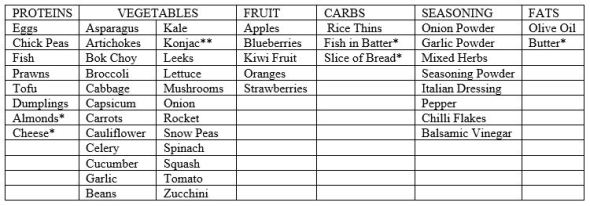
*These were very ‘occasional’ foods when I felt like it. As I say below, I didn’t deny myself, but I did keep a tight control of what I ate.
**Konjac is a vegetable based noodle. The product is called ‘Slendier’ and is available in supermarkets. It has almost no calories and can be added to soups, stir fries etc.
Don’t Deny Yourself
I organised my diet around my favourite foods. Being almost vegetarian there wasn’t much to change, but there were a few high-calorie foods and starches I could easily take out for a few months. Then I looked around at what else I could include for variety. I found a brand of low-calorie frozen dumplings and battered Hoki fish which I really like, plus two brands of tinned tuna which I enjoy as well. This mixed it up a bit and made my meals more interesting. As for condiments, I didn’t deny myself there either. I included sauerkraut and balsamic vinegar plus my favourite dressing and seasoning but was less liberal with the good oils and fats using only olive oil spray, and a scrape of butter when I felt like it. For added flavour, I used more herbs in my cooking but cut out added salt altogether, which turned out to be a blessing because I began to taste the food I was eating rather than the salt I was putting on it. And as you can see it was all delicious.



Size is Important
The size of my meals was really important. On the days I ate bigger meals, even if they were within my calorie limit, my weight loss was less. When I ate carbs was also important. For example, if I ate carbs I had them earlier in the day rather than for dinner as heavier meals in the evening tend to bog down my digestive system. Overall, I found it was best to keep my meals small and light, and if I felt hungry, I had a mid-morning and a mid-afternoon snack. The bottom line is the lighter I kept it, the better I felt and the lighter I got.
Celebrate Your Food
Every meal I make I salivate over. I really do. Celebrating food is what my family has always done. It makes the most ordinary meal so much more special. I always make time to serve my food beautifully on a nice plate and I do the ‘doesn’t this look wonderful ~ aren’t I lucky’ thing before I tuck in. My appreciation and thankfulness are boundless when it comes to the abundance on my daily plate. I feel so fortunate. To enjoy our food with gratitude and all of our senses bursting with joy is the added bonus to a good meal don’t you think?
Cook Ahead
My last tip is to cook ahead. It makes life so much easier and you won’t be tempted to go to the freezer and get out something, which later, you may be sorry you ate. I fill my fridge with bowls of luscious salads, rosy tomatoes, crisp cucumbers, perfectly cooked vegetables and my favourite proteins. And then when it’s time to eat, it’s like a smorgasbord ~ inviting, appealing, and most of all easy. Nothing like delicious anticipation is there?
So, that’s my weight-loss story and I’m stickin’ to it because it worked for me. If you want to drop a few kilos quickly, give it a try. My way turned out to be very easy. But remember, whether you do or you don’t, love yourself and love that bod of yours. It’s the only one you have.
Happy eating!
Inara Hawley © 2016







